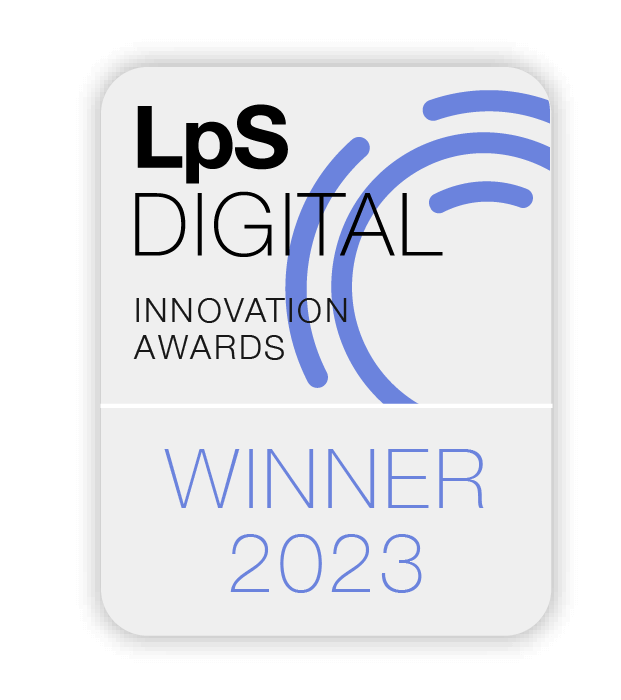
Award to our Anne Berends for best Scientific Publication at LpS Digital
Life Science / Sunled
Life Science / September 14, 2020
Seaborough Research partners up with PhotoBioModulation (PBM) research leaders for groundbreaking research into the effects of long-term near-infrared light exposure on human beings

We are proud to announce that Seaborough teamed up with Dr. Praveen Arany (President of the World Association for Photobiomodulation Therapy), Dr. Marijke Gordijn (President of the Society for Light Treatment and Biological Rhythms) and Dr. Roelof Hut (Professor Chronobiology at the University of Groningen). Jointly, we have written the protocol for a clinical trial to investigate the health and wellbeing effects of long-term exposure to near-infrared (NIR) on humans, which will take place during the upcoming winter months.
Since the 1960’s, when Dr Mester accidentally discovered that the lab mice he had shaved regrew their hair much faster when he exposed their skin to a deep red laser beam, photobiomodulation (PBM) has been a hot topic for research. Today, over 5.000 studies have been published, most of them finding benefits for reducing local inflammation, improving wound healing, muscle recovery, smoothness of skin and recovery time from concussions, among many other aspects. For several medical conditions, PBM is the preferred treatment method.
However, many studies are performed on lab animals and only involve a few short exposures with a relatively high intensity of NIR light. Human beings, on the other hand, that spend time outside, receive relatively low intensity for a longer time when they are exposed to the NIR that is part of the sunlight spectrum.
We hypothesize that such a “sunlight-like”, long term, low intensity exposure to NIR is what human beings were evolved to receive from sunlight, since we used to spend much more time outside for most of our history than we do nowadays. As part of the clinical trial that will take place this winter, we will test, for the first time, 40 healthy human participants for the effect of such long term (4 weeks) “sunlight-like” exposures of NIR on their mood, wellbeing, mental performance, sleep quality and immune system. We hope to prove that local exposure to NIR on roughly 15% of the skin area is able to elicit a systemic effect on these health and wellbeing aspects.
Conventional forms of lighting do not emit enough NIR to expect a biological effect. However, with the advent of efficient NIR-leds, developed for machine vision purposes, it will be possible to integrate such a long-term exposure of NIR light into our everyday lighting products that we use in the office or at home. This allows people that spend the majority of their day inside, to also enjoy the health and wellbeing benefits of NIR exposure. We are excited as we prepare for this clinical trial and looking forward to the groundbreaking results that might be found!